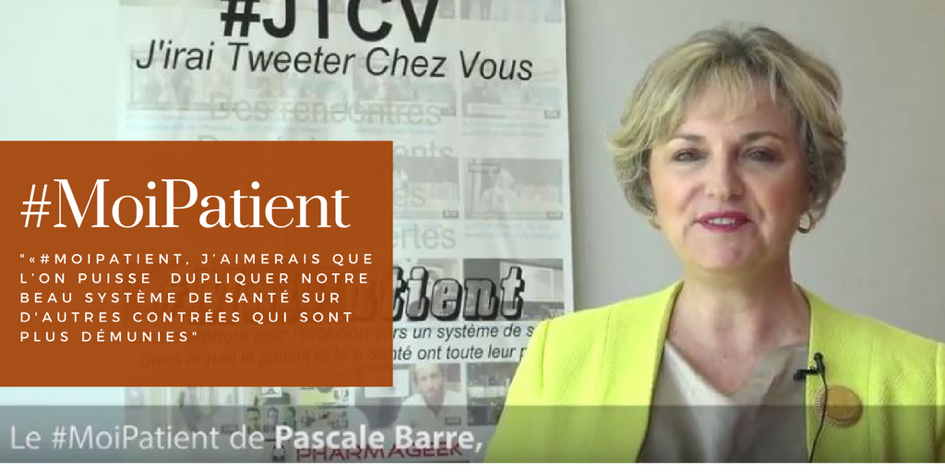Médicaments en 2012 : moins de boîtes, moins de chiffre d’affaires et moins d’ordonnances
15/02/2013L’industrie pharma compte migrer massivement vers les pays émergents
15/02/2013Patient Education Report Patients on Call
Savvy, influential patients have pharmas attention and are growing relationships with industry. How firms have just begun to tap the potential of this emerging segment
[Excerpt]
While many pharma and device firms remain on the sidelines, understandably so, the lure of gaining a rapport with patients on social networks is reason enough for some to venture forth, despite the unknowns.
Over the past year or so, the role of patients as an influence and information channel for pharma has blossomed. Experts on the trend say it’s comparable to the rise of key opinion leaders (KOLs) in the physician world—doctors, typically from academic medicine, who reach out to other physicians likely to prescribe a product.
Two main groups of patient advocates have experience with products. The first receives training from boutique agencies like HealthTalker and Snow Companies, which specialize in word-of-mouth communications and use the real-life stories of patients to deliver marketing messages.
The second and perhaps most visible segment of patient advocates are those, like Hernandez and Sparling in the diabetes realm or Dave deBronkart (aka e-Patient Dave) in cancer, who are especially adept at creating content.
The foremost bloggers have become, effectively, small communications firms unto themselves, says Jack Barrette, founder and CEO of Wego Health, an online patient network that also acts as a liaison between its “health activists” and pharma to create educational programs.
“[The high-profile advocates and bloggers] want to communicate very valuable content and have created an agency structure—they’re professionals, in a good way, and have managed to carve out areas where they can be seen as agency-like,” Barrette says.
Beyond that top layer is a group who also blog but don’t necessarily support themselves through their advocacy. It’s that group, which Barrette calls the health activist middle class, that companies are now learning from: “They’re so powerful because their numbers are so vast, and they’re trusted because they’re not semi-professionals.”
There’s a third tier online, “who don’t even consider themselves patients,” observes Wendy Blackburn, EVP, Intouch Solutions. Around a third of US adults use social media as a health resource, according to a 2012 survey of 1,060 US adults by PricewaterhouseCoopers, and most probably fall into this third group.
“It’s someone who maybe just got diagnosed and doesn’t even realize there’s this discussion we’re having about pharma and social media,” says Blackburn. “They just go online for information.”
Participation is not without its pitfalls. For instance, sources say patient-generated content is vulnerable to the same creative restrictions as most healthcare marketing.
Marketers playing in social media also need to stay vigilant and ride the waves of the shifting digital landscape, such as when Facebook abruptly changed course in 2011 and forced pharma pages to open their walls to user comments, prompting several drugmakers to shutter theirs rather than commit to 24/7 monitoring of posts.
“If pharma can drive patients to accurate information, it furthers the goal of optimizing treatment experience and promoting adherence,” says Tara Rice, manager of health education for the agency HealthEd. Rice points to a 2012 Wolters Kluwer survey that found 65% of people who turn to the internet with medical questions say they trust the information they find, “which is scary, because there’s a lot of inaccurate information online.”
Nevertheless, patient advocates and some pharma and device companies seem to be finding ways to work together.
See on www.mmm-online.com



